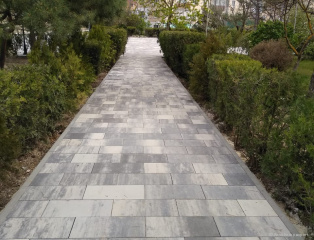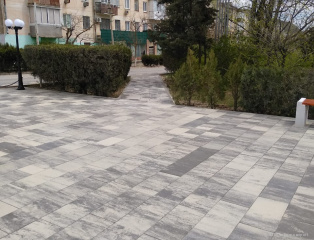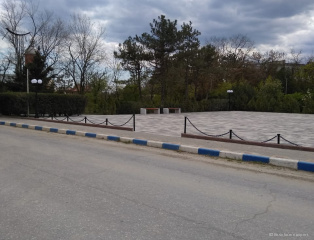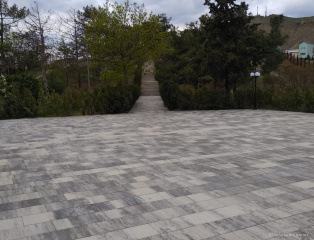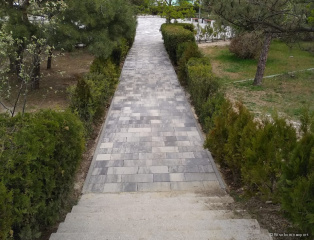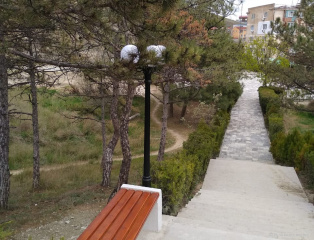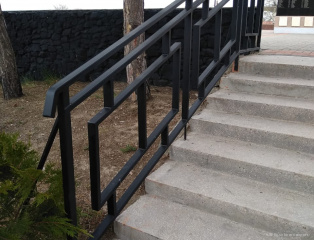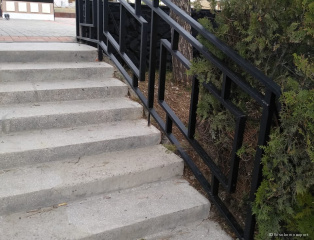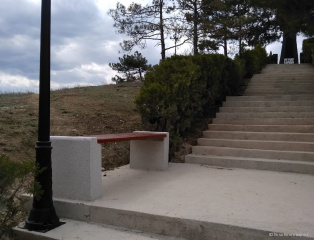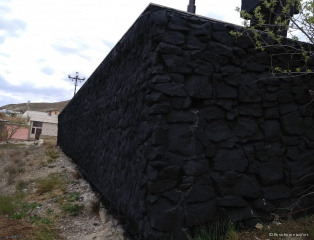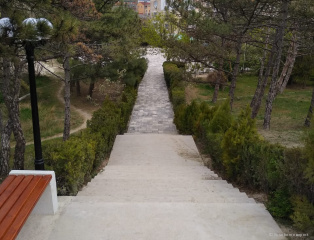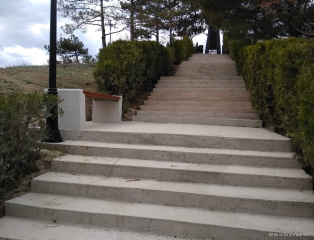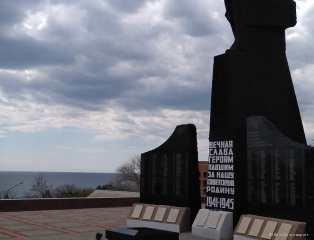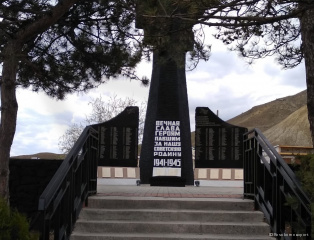Rosoboronexport JSC (part of the Rostec State Corporation) took part in the restoration of the Obelisk of Glory, located on the territory of the Feodosia City District in Crimea.
“Rosoboronexport remembers and deeply appreciates the contribution of every Soviet soldier to the victory. We sincerely honor the feat of those heroes who fought in the Great Patriotic War 1941-1945 in the environs of Moscow, Stalingrad, in Crimea, defended thousands of cities and villages of our country. In the year of the 75th anniversary of the Great Victory, we decided to financially support the restoration of the Obelisk in Crimea,” said Alexander Mikheev, Director General of Rosoboronexport. “The memorial complex on the Hill of Glory near Feodosia is a symbol of eternal memory to the Soviet soldiers killed and buried here, a symbol of the power and invincible spirit of our people and formidable Russian weapons. The Eternal Flame to their glory burns here again.”
The Obelisk of Glory was erected in the territory of the village of Ordzhonikidze near Feodosia in 1971 in honor of the 30th anniversary of the outbreak of fighting for the liberation of the Crimean peninsula from fascist invaders. The monument stands on the seashore opposite the cemetery, where the heroes who defended Crimea were buried, and is a sculpture of a Red Navy man leaning on a rock, with a machine gun in his right hand. The sculpture is installed on a wide pedestal, on the front side of which the following inscription was carved: "Eternal glory to the heroes who fell for our Soviet Motherland 1941-1945." Granite slabs with the names of Crimeans who died in the struggle against fascism are also near the pedestal.
In December 1941, a landing party of the 44th Army of the Transcaucasian Front landed near Feodosia and three weeks later the city was liberated from Nazi invaders. In mid-January 1942, the Nazis again launched an offensive in the Feodosia area. The airborne units were forced to work their way back to the Ak-Monai Isthmus and to Sevastopol, suffering heavy losses. Some of the paratroopers died in those days namely near the village of Ordzhonikidze.
The Kerch-Feodosia Landing Operation involved also the Azov Naval Flotilla led by Rear Admiral Sergey Gorshkov (his name was later given to the heavy aircraft-carrying cruiser transferred to India in 2013 as part of the strategic partnership and renamed Vikramaditya).
To date, the territory of the Obelisk of Glory has been fully landscaped. As part of the restoration work financed by Rosoboronexport, the stele was repaired and modern illumination of the monument was installed. The Eternal Flame was restored and lit again, marking the solemn memory of the fallen defenders of Crimea. The rainwater drainage system was put in order, fences, some granite slabs and curbs, sidewalks and lawn were replaced. Benches were installed and trees and shrubs were planted in a park adjacent to the Obelisk.
Representatives of the District Administration of the village of Ordzhonikidze and the Feodosia City Administration sincerely thanked Rosoboronexport for their assistance and expressed confidence that the Hill of Glory will become a permanent center of attraction for local residents.
Rosoboronexport has consistently supported projects to restore and renovate memorial sites dedicated to the memory of the feat of the Soviet people during the Great Patriotic War. In particular, in 2015, as part of the celebration of the 70th anniversary of the Victory, the Company lent support to the Sapun-Gora Memorial Complex in Sevastopol, where the Obelisk of Glory was repaired and an outdoor exhibit displaying more than 40 samples of Soviet weapons and military equipment from the war of 1941-1945 was restored.

